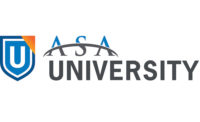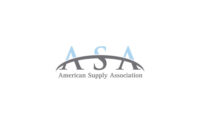Here are a few thoughts on getting the best bang for your training buck.
Target training at improving employee performance within those parts of your operating systems focused on profits, such as activity-based costing. Make sure the tools the employees need to operate the system are available. Keep in mind that training cannot work in a vacuum. When performance doesn't improve, look for a disincentive within the system, and at the culture and incentive system of the organization.
Focus training investments on the company's critical ratios to identify the greatest profit building opportunities. If your profits improve 47.5% for every 1% improvement in pricing, and your service force seems too eager to roll over on additional discount requests from the customer, then consider investing in negotiations training. Look at all your critical ratios and develop a training strategy against the areas you want to improve.
Tap into employees' knowledge, experience and closeness to the customer. Given today's smaller profit margins, even minor improvements from the least of our employees can exert tremendous leverage on the bottom line.
Provide some basic training in the customers' business models. Employees who realize, for example, that an idle plumber at $82 per hour kills the customers' bottom line, will be much more attuned to the customers' perception of exceptional service vs. just “doing their jobs.”
Make sure the right team is in place by rewarding employees who embrace your efforts and respond to training opportunities. Help those who don't seek other opportunities.
Remember that telling isn't training. Think for a minute of all the points you have been trying to get across for years that just don't seem to stick. Team members who think that the gross margins go in your pocket need to discover how an income statement comes together and their role in making it work. Company figures, exercises and incentives engage the employees in discovery.
Demonstrate what's in it for them. When employees are engaged in learning, they soon discover that higher profit firms provide better opportunities for bonuses, benefits, raises, career growth opportunities and training. ASA research has shown that the higher profit operators train more than those who provide little training.
Finally, don't forget that ASA and its Education Foundation are your best resource. Visit asaef.org on a regular basis, check out the training calendar, and evaluate the programs by examining learning objectives and sample pages. Click on the links section to connect with other industrial distribution trainers, universities with ID programs and training and development organizations. When all else fails, pick up the phone and give us a call. We will be happy to help.



